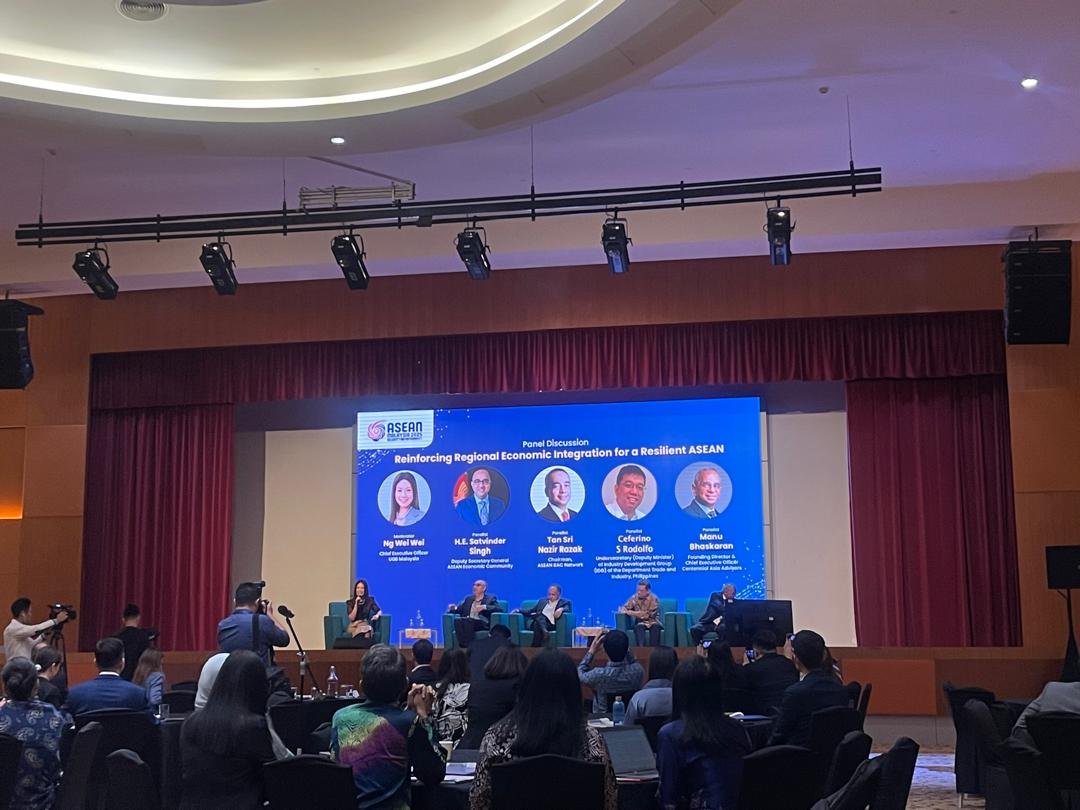Segi Enam Advisors principal Khor Yu Leng was cited by South China Morning Post (16 March), for her views on China’s declining demand in importing Malaysian palm oil. Once the top importer of Malaysian palm oil, China has now been ceded by India. According to the Malaysian Palm Oil Board, China imported 1.76 million tonnes of Malaysian palm oil in 2022, representing 11.2% of Malaysia’s exports of the commodity, but that fell to 1.47 million tonnes (9.7%) in 2023 and 1.39 million tonnes (8.2%) last year.
Yu Leng’s comments, as quoted by South China Morning Post, are as below. She opined that Chinese consumers are now after oils perceived to be healthier and referenced the demand for value-added products.
Chinese consumers now have enough money to demand foods made with oils that are considered to be healthier, said Khor Yu Leng, a political economist at Singapore-based Segi Enam Advisors. Much of it can be refined domestically, she added.
Rapeseed oil is common now and may be sourced from China, she said, while much of the vast amounts of soybean China imports each year goes to making oil.
“There is still a middle-income trap for palm oil because there’s a perception that it’s not as healthy,” she said. Specialty, health-focused palm oil is a “niche” industry now, she added, but it is morphing into a new norm.
“There’s been talk that there’s more demand for value-added products,” Khor said. “Everyone’s trying to produce some now.”
…
To help shore up the industry, Malaysia secured more than RM230 million (US$51.8 million) worth of palm oil trade deals in July when the country’s deputy plantation and commodities minister, Chan Foong Hin, visited China.
They included an e-commerce deal to help sell palm oil as health products in China, Bernama, Malaysia’s national news agency, reported, while another deal targeted the expansion of vitamin-rich red palm oil use in Chinese animal feed.
Another aimed to expand Malaysian refinery Able Perfect’s Chinese “presence” in refined palm oil and palm shortening to about RM200 million, Bernama quoted the deputy minister saying.
“This looks better than past MOUs, since [it’s] apparently specific on new and value-added products,” Khor said.

































